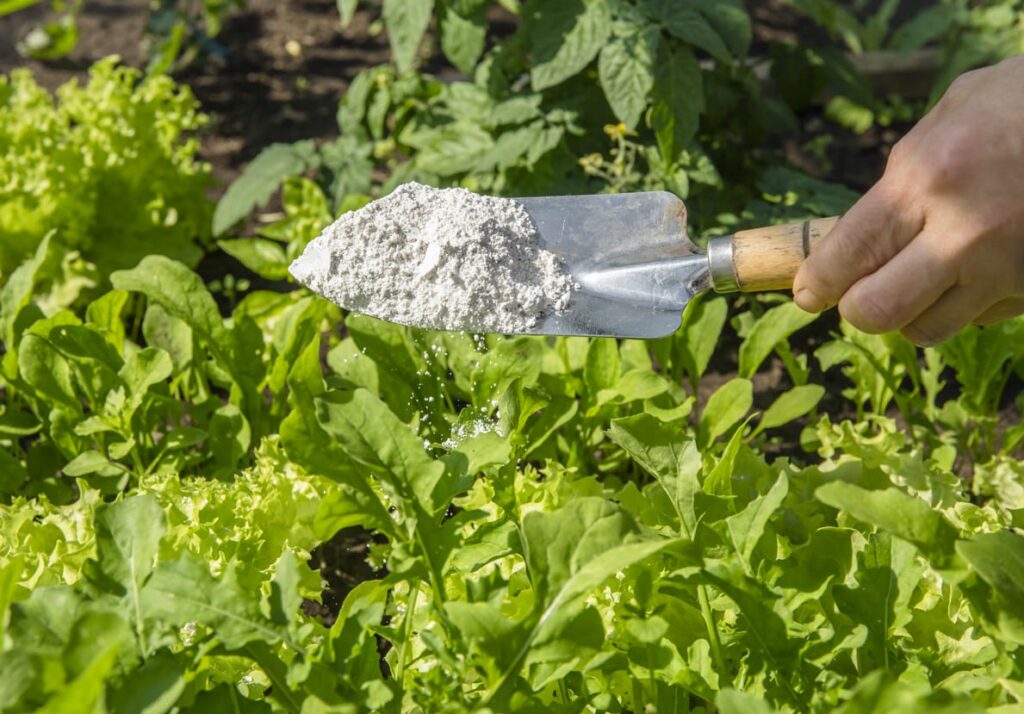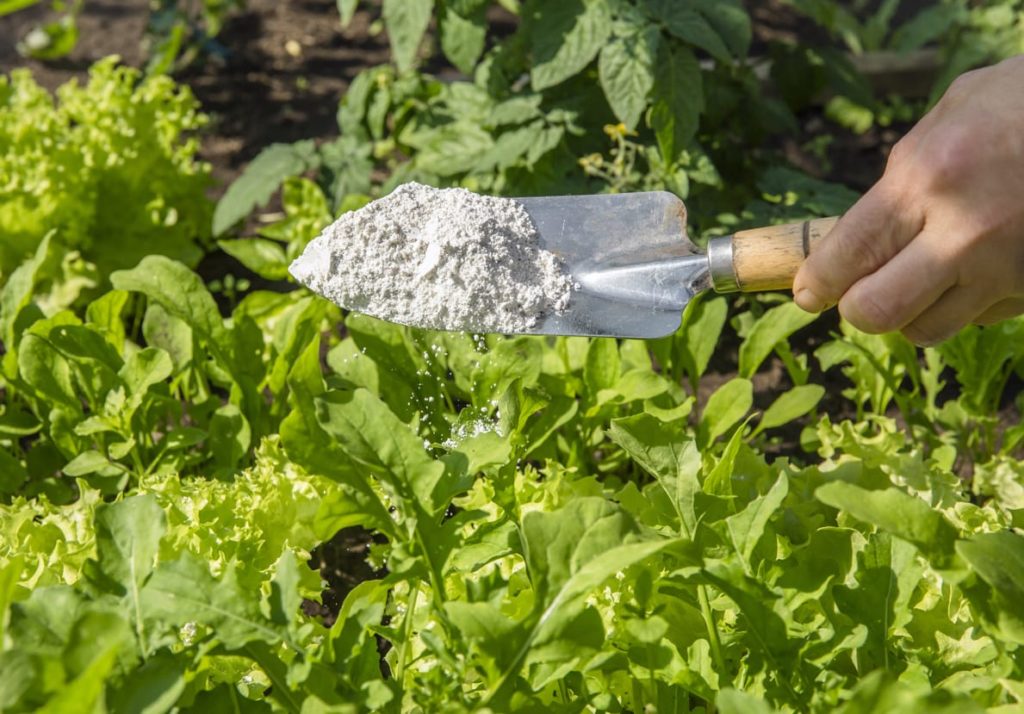
Contents

Having indoor plants can really help bring some life into your home. They improve not only the appearance of a room, but they can even help improve the air quality inside your house. However, your plants can be at risk from plant-loving pests such as aphids or slugs. Fortunately, using diatomaceous earth on plants can fix the issue.
There are many uses for diatomaceous earth both in and around your house, and one of the most effective uses is for pest control. First off, diatomaceous earth is made of ground fossilized remains of a type of phytoplankton called diatoms, which have been around for millions of years. It looks like a off-white powder similar to talc, and it has no odor.
The skeletons of the tiny, aquatic diatoms are made of silica, which is very common. Different silica include sand, emerald, quartz, feldspar, mica, clay, asbestos, and glass. Pesticides that included silicon dioxide, or diatomaceous earth, were first used in the 1960s to kill insects and mites.
Instead of acting like a poison to kill insects, diatomaceous earth must be ingested to be effective. This is because the dried microscopic remains absorb oils and fats from the cuticle of the insect’s exoskeleton, causing it to dry out and die. As long as it’s kept undisturbed and dry, it will remain effective.
Using diatomaceous earth is safe to use around the house, but you should take extra care when using it or applying it in larger amounts. While the tiny particles are sharp and abrasive, which also speeds up the absorption process in insects, they can cause scratchiness or irritated skin and eyes.
Both indoor and outdoor plants can be protected, too. Sprinkle it at the base of plants or even use it as a barrier that most pests will not cross. There are some drawbacks, as if it rains, then you will have to reapply. The substance will harm any insect with an exoskeleton, even the ones that may be beneficial, so be cautious when you are applying it to your garden.
Pet owners will be happy to learn that diatomaceous earth can be used as an insecticide to control or eliminate fleas from their home. In doing so, you will first want to make sure the areas you are going to treat are completely dry, and that the room is well ventilated and free of pets during the process. Dust the affected areas, like pet beds, blankets, or carpets. Allow the diatomaceous earth to penetrate the areas for at least an hour and then vacuum it up.
Diatomaceous earth is also used to treat roach problems. Maintaining a clean home is always the best way to prevent pests, but sometimes other measures must be used. Sweep and vacuum the areas you are about to prepare, and make sure they are dry before applying diatomaceous earth. Any area that you have seen or expect roaches should be dusted with diatomaceous earth, but do so lightly, otherwise roaches won’t step on it or get close enough. Treat the spots that they may enter or hide, whether it be in the kitchen or around your home’s foundation.
You may worry that diatomaceous earth could be harmful to you, your family, or other wildlife, but it is not known to be harmful to those creatures. It is, however, very effective at controlling the pests around your house. For more information on eliminating pests with diatomaceous earth, and how to keep them out of your home in the first place, call Van Den Berge Pest Control today at 616-392-7367.
Trust the locally owned, widely renowned experts at Van Den Berge Pest Control for all of your pest needs. With over 100 years of combined experience throughout the Holland, MI-based pest control team, you know you’re in excellent hands with our state-certified experts.
Recent Posts
Comparing Termite Treatment Costs: A How-To Guide
When you’re faced with a termite infestation, understanding treatment costs is vital for effective management.
Understanding Exterminator Costs for Mosquito Control
Imagine you own a large backyard and decide to hire a mosquito exterminator. You might
What Are Average Exterminator Costs for Mosquito Control?
When it comes to mosquito control, understanding average exterminator costs is essential for effective management.
